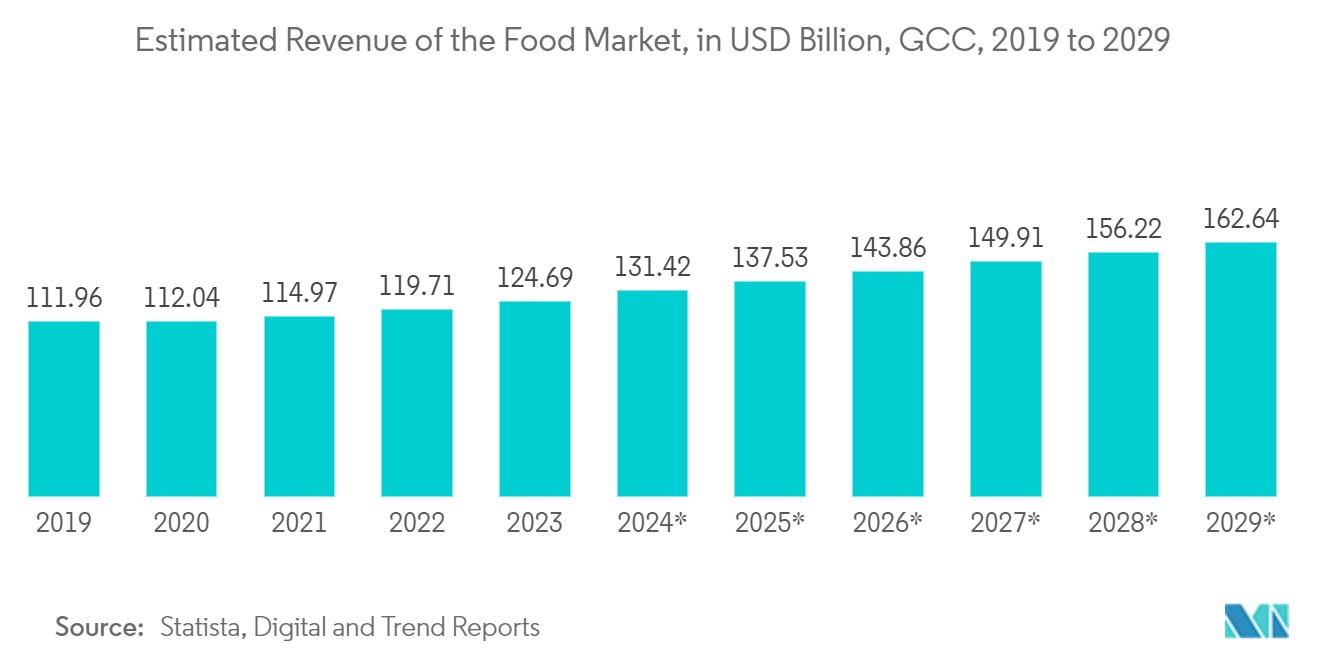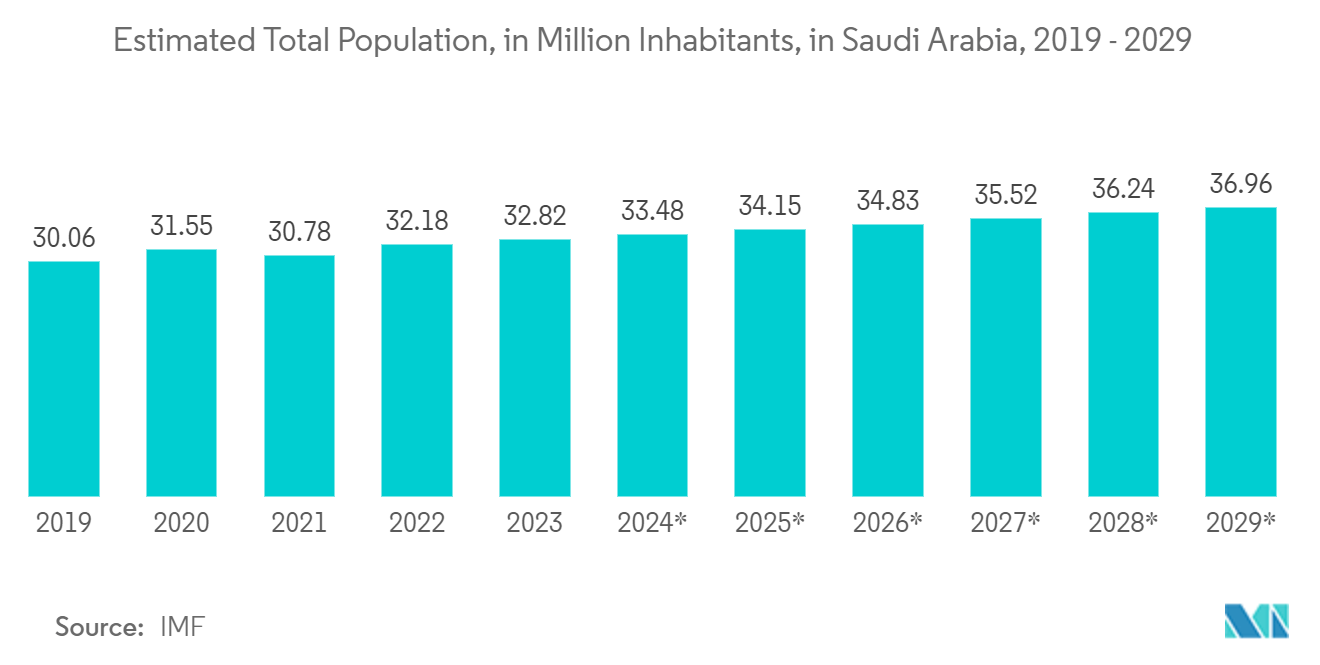Market Trends of GCC Plastic Packaging Industry
Berlin Leads in Total Warehousing Take-up
- The GCC region's food industry is rapidly expanding, primarily fueled by a surge in the demand for packaged and processed foods. Millennials, known for their preference for on-the-go and single-serving foods, are propelling the need for flexible food packaging.
- GCC countries, notably the UAE and Saudi Arabia, are witnessing a surge in the production of flexible plastic packaging, particularly stand-up pouches. These pouches cater to a variety of snacked foods, ranging from chips and cookies to bars and pretzels. The region's affinity for pouches and bags for snacked food packaging is further bolstered by a culture that embraces snacking at any time, contributing significantly to market growth.
- As the GCC's food consumption rises, so does the demand for flexible plastic packaging, especially for baked goods like bread, cakes, and pastries. This demand is further accentuated by a growing consumer emphasis on healthy eating, particularly favoring fresh and clean-label baked products.
- With a rising population in GCC nations showing a penchant for meat, seafood, and poultry, the demand for flexible plastic packaging is rising. Data from the Government of Canada underscores this trend, attributing it to factors like population growth, increased tourism, and urbanization.
- In addition, food and beverage manufacturers are making significant efforts to provide sustainable materials and packaging, functional and convenient displays, and healthier and fresh food options to meet consumer demand.
- Plastic bags are becoming increasingly popular among food manufacturers. Consumer expectations are changing owing to sustainability and customization, which drive innovation in flexible plastic packaging. The GCC food market is expected to cross USD 160 billion by 2029.

Fashion and Apparel Segment to Lead in Revenue
- Saudi Arabia, a cornerstone of the GCC's packaging industry, owes much of its economic activity to the oil and gas sector. With a surge in production across sectors like food, retail, and pharmaceuticals, the demand for flexible plastic packaging in the nation is on the rise.
- As Saudi Arabia witnesses a rise in its restaurant count, its food manufacturing sector reaps the benefits of a growing population, rising incomes, evolving lifestyles, and supportive trade agreements. This has fueled a heightened demand for disposable packaged foods, attracting a wave of multinational corporations to the market.
- According to the IMF, the total population of Saudi Arabia from 2019, with projections of 2029, is growing rapidly. In 2023, Saudi Arabia's total population amounted to 32.82 million inhabitants; by 2029, the total population would be 36.96 million.
- Highlighted by the Ministry of Commerce and Industry, Saudi Arabia's soft drinks and beverage sectors stand as stalwarts, commanding a significant share of the nation's food and beverage exports. Notably, many manufacturers are enhancing their packaging with EVOH films, leveraging their cost-effectiveness and robust seal strength. These films, prized for their ability to preserve food properties and safeguard against contamination during transit, are becoming a staple in food packaging solutions.
- The recent plastic regulations in Saudi Arabia are set to impact a broad spectrum of products, including stretch films, shrink films, cling films, and various other flexible plastic packaging items. Mandated by the Saudi Standards, Metrology, and Quality Organization (SASO), plastic exports must adhere to stringent guidelines, necessitating the use of approved oxo-biodegradable materials.
- An increase in disposable income, ease of availability, improvement in living standards, wide variety, increasing tourism, and domestic and international players in the market are expected to fuel the beverage industry in the country, thereby driving the market studied. PET manufactures plastic bottles for soft drinks, water, juices, and sports drinks. There is a growing demand for PET bottles in the beverage industry due to their lightweight properties. Market vendors are increasingly focusing on the urgency of recycling PET into food-grade products, such as beverage containers. For instance, The Coca-Cola Company intends to use 50% recycled PET in its containers by 2030.


